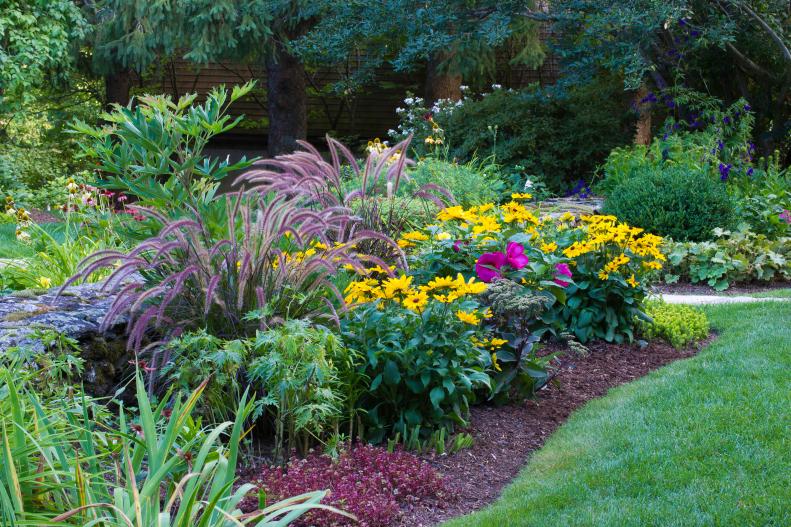1 / 31
Photo: Preen.com
Know Which Perennials to Divide and Which Ones to Leave Alone
An eye-catching border packed with season-long color makes any landscape sing, but some perennials need to be divided every few years to rejuvenate them. As a bonus, you'll wind up with more plants to add to your garden or share with friends. In general, clumping plants like daylilies or irises can be divided. Other perennials dislike being separated and should be left alone. Use our guide to keep your garden healthy, strong and beautiful. First up: Perennials you should not divide.









